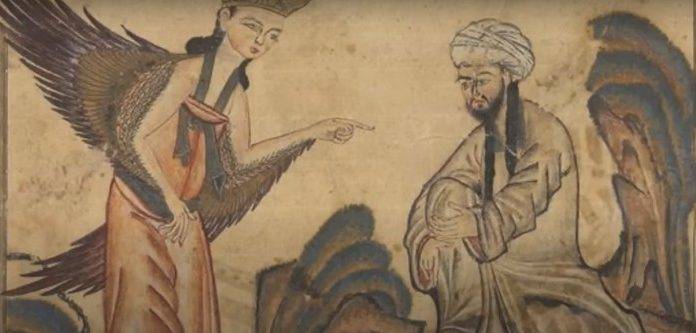(Ezekiel Loseke, Headline USA) Hamline University, a small private college in Minnesota, fired an art history professor, Dr. Erika López Prater, for showing an image of Muhammad to her art history class.
Dr. Prater took several precautions against triggering her students: she wrote that she would be showing images of Muhammad in her syllabus, she asked students to contact her with any concerns (she reported that no student contacted her), and she warned the class a few minutes before showing the image, and gave her students a chance to leave, according to The New York Times.
Despite all this, a Muslim student in her class complained to the administration, and several additional Muslim students, who were not in the class, said the course was an attack on their religion.
Hamline University fired Dr. Prater and, in emails to students, called the incident “clearly Islamophobic.”
Hamline University’s president, Fayneese S. Miller, co-signed an email that argued respect for the feelings of Muslim students “should have superseded academic freedom.”
Dr. Miller defended her University’s decision to censor Dr. Prater in an official statement.
“To look upon an image of the Prophet Muhammad, for many Muslims, is against their faith,” she said. “It was important that our Muslim students, as well as all other students, feel safe, supported and respected both in and out of our classrooms.”
The image itself is “a masterpiece of Persian manuscript painting,” according to Christiane Gruber, a professor of Islamic art at the University of Michigan. Dr. Gruber said that omitting the image from a study of Islamic art “would be like not teaching Michaelangelo’s David.”
At a forum about the event, Dr. Prater’s lecture came under harsh attack by students, Muslim activists, and university administrators, but one faculty opted to ask questions.
“When you say ‘trust Muslims on Islamophobia,’ what does one do when the Islamic community itself is divided on an issue?” Mark Berkson, a religion professor at Hamline asked. “Because there are many Muslim scholars and experts and art historians who do not believe that this was Islamophobic.”
Dr. Berkson explained that the University’s assumptions were unacceptable.
“We were being asked to accept, without questioning, that what our colleague did — teaching an Islamic art masterpiece in a class on art history after having given multiple warnings — was somehow equivalent to mosque vandalism and violence against Muslims,” Dr. Berkson said. “That is what I could not stand.”

